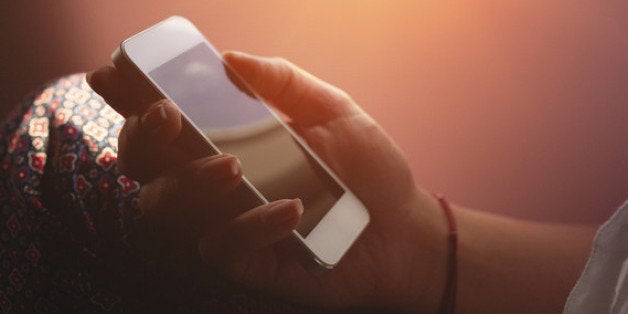
by Brian Sumers, Condé Nast Traveler
The reason isn't corporate greed.
Have you logged on during a cross-country flight and wondered, Why does this cost so much? You may wonder how Gogo, the company that provides Wi-Fi for many U.S. airlines, can justify charging $50 for one day of access. The reason, it may surprise you, isn't simply corporate greed.
"The whole purpose of the higher price is to keep people off the system," says Michael Small, Gogo's chief executive officer. "As we sit here with capacity scarce, we need to price high for simple supply and demand."
Gogo's domestic network, built on technology that's nearly a decade old, simply can't keep up with all the people who want to get online. If half the passengers on a given Boeing 737 or Airbus A320 buy Internet, the whole system can lag. Gogo says the problem is particularly acute on Monday mornings and Thursday evenings, when business travel peaks. Far fewer passengers use Wi-Fi on weekends and holidays, Gogo says, and the price to connect is often lower on those flights.
But there's good news coming for travelers. Since 2008, when American Airlines became the first major U.S. carrier to add Internet, Gogo has relied on ground-based cell towers to feed most domestic flights. Recently, however, Gogo has developed a new service called 2Ku that uses two low-profile satellite antennas, a solution the company says will make domestic connections faster and more reliable. Initial peak speeds should reach 70 megabits per second, more than 20 times faster than Gogo's original system and roughly seven times speedier than on most of today's domestic flights.
Now travelers need airlines to get on board. Most major carriers use Gogo but, so far, only Delta Air Lines has seriously committed to adding the faster connection. Delta will retrofit more than 250 of its planes, including Boeing 757s, Boeing 737s, and Airbus A319s beginning next year. (United agreed to do a trial with the system on five planes later this year.)
Even with the added bandwidth, though, there's no guarantee that costs will fall, industry analysts say. Gogo--not the airlines--have control over prices, and consumers are already accustomed to paying high rates.
"Very few business travelers leave as we raise the prices," Small says. "We have more than doubled the price of a transcontinental flight since I have been here and 'take rates' have continued to rise."
There are cheaper alternatives to Gogo on some airlines. JetBlue offers its speedy Fly-Fi product for free, funded by advertisers who pay to reach the airline's passengers. (JetBlue just announced that Amazon Prime customers will be able to stream movies and TV shows for free aboard its flights.) Southwest offers connections through a Gogo competitor called Row44 for a flat fee of $8 per day. United uses several different Internet providers, and rates for a connection can often be lower than what travelers would pay on a similar Gogo-served flight.
More from Condé Nast Traveler:
THESE Are The Best New Hotels in the World